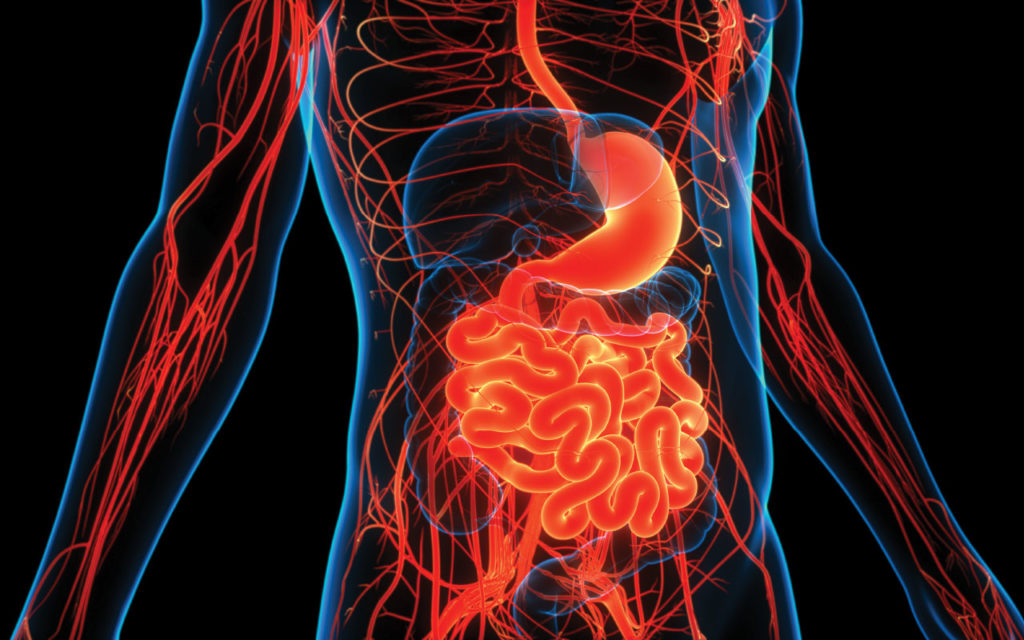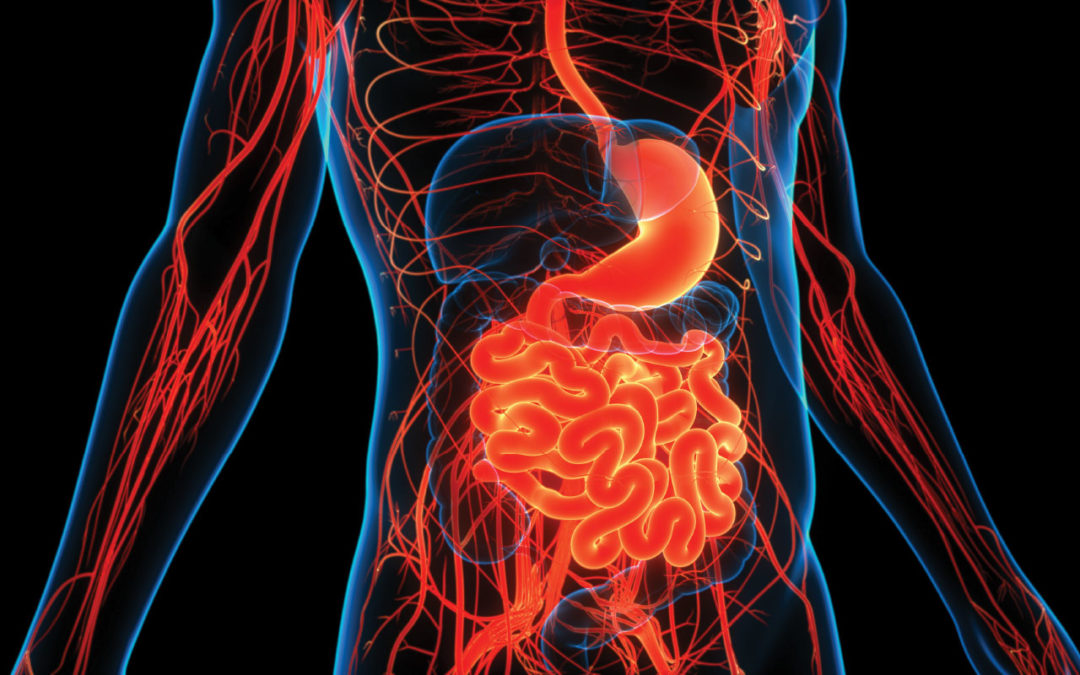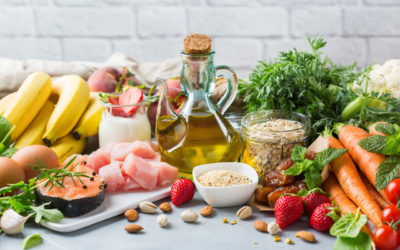
By Kirsten Serrano
“Gut health” and the “gut microbiome” are big buzzwords in the nutrition and health world these days. Food companies are harnessing that buzz to bring us products promising to improve our gut health and, in turn, our overall health. Is it just hype or is there science behind all the buzz? It is both. I caution you to not be sucked in by front of the box marketing, but we do know that the health benefits (or risks) of what we eat have a lot to do with how our gut microbes react to and are molded by our diet. There is so much that we do not know, but what we do know is pretty amazing.
If you are wondering what the gut microbiome is, here is a quick rundown:
Your gut microbiome consists of roughly three pounds of microorganisms living in your digestive tract. You are not biologically an individual. You are an ecosystem inhabited by bacteria, fungus, viruses and other microbial life. In fact, you have 100 times more microbial genes than you do your own[1]. Simply put, you are more than just an individual; you are a microbial us. Your gut microbiome is the middle man between what you eat and how it affects your body. These microbes are digesting our food and, in doing so, affecting processes in our entire body.
The science emerging about the gut microbiome is astounding. A new study shows that what you feed your gut microbes can lower your blood pressure too. The American Heart Association recently shared a study linking flavonoid-rich foods with improved blood pressure. Flavonoids are the compounds responsible for the colors in fruits and vegetables. They are powerful nutrition and part of that power is their effect on the microbiome.
Some of the flavonoid effect is from improved gut health. Study subjects showed increased gut microbiome diversity that improved blood pressure. The study, which came out recently in the journal Hypertension, studied foods like berries, red wine and apples. Flavonoid consumption increased microbes in the parabacteroides group and lowered systolic blood pressure.[2] This study leads the way for further research into gut health and blood pressure.
Your microbiome changes and develops with you. Unlike a fingerprint, your microbiome is morphing all the time in reaction to its environment. That’s a very good thing because that means we can do a lot of very important remodeling. Food is the most profound tool we have to do that. It really is the best medicine.
When my daughter was little, we had a friendly family competition in which each family member tried to “win” by eating a rainbow of fruits and vegetables every day. That challenge is a great way to get kids on board with healthier eating, but it is well worth your effort too. Not only will all that produce nourish you with plenty of flavonoids, but it also comes with fiber, vitamins, minerals and more.
Here are some “out of the ordinary” ideas for getting diverse, colorful produce:
- Red – red currant, rhubarb, pomegranate, blood orange, red carrot, watermelon radish (pink inside), red-fleshed potato
- Orange – kumquats, golden “cheddar” cauliflower, persimmon, ground cherries,
- Yellow – golden raspberries, “pineapple” tomatoes, Buddha’s Hand, star fruit, yellow wax beans
- Green – gooseberries, fiddlehead fern, seaweed, green eggplants, Romanesco, kohlrabi, okra, tomatillos
- Blue/Purple – purple and blue fleshed potatoes, purple cauliflower, purple carrots, purple kohlrabi, purple bell peppers, purple asparagus, black currants, figs, elderberries, purple sweet potato
- White – white cucumbers, Dragon fruit (white inside), jicama, coconut, garlic, white carrots, white tomatoes, white currants.
1. Bull, Matthew J, and Nigel T Plummer. “Part 1: The Human Gut Microbiome in Health and Disease.” Integrative Medicine (Encinitas, Calif.) 13, no. 6 (2014): 17–22. https://www.ncbi.nlm.nih.gov/pmc/articles/PMC4566439/#__ffn_sectitle.
2. Jennings, Amy et al. “Microbial Diversity And Abundance Of Parabacteroides Mediate The Associations Between Higher Intake Of Flavonoid-Rich Foods And Lower Blood Pressure”. Hypertension, vol 78, no. 4, 2021, pp. 1016-1026. Ovid Technologies (Wolters Kluwer Health), doi:10.1161/hypertensionaha.121.17441. Accessed 12 Sept 2021.
Kirsten Serrano is a nutrition consultant, chef, farmer, food literacy educator and the best-selling author of “Eat to Your Advantage.” You can find out more about her work at SmallWonderFood.com.










